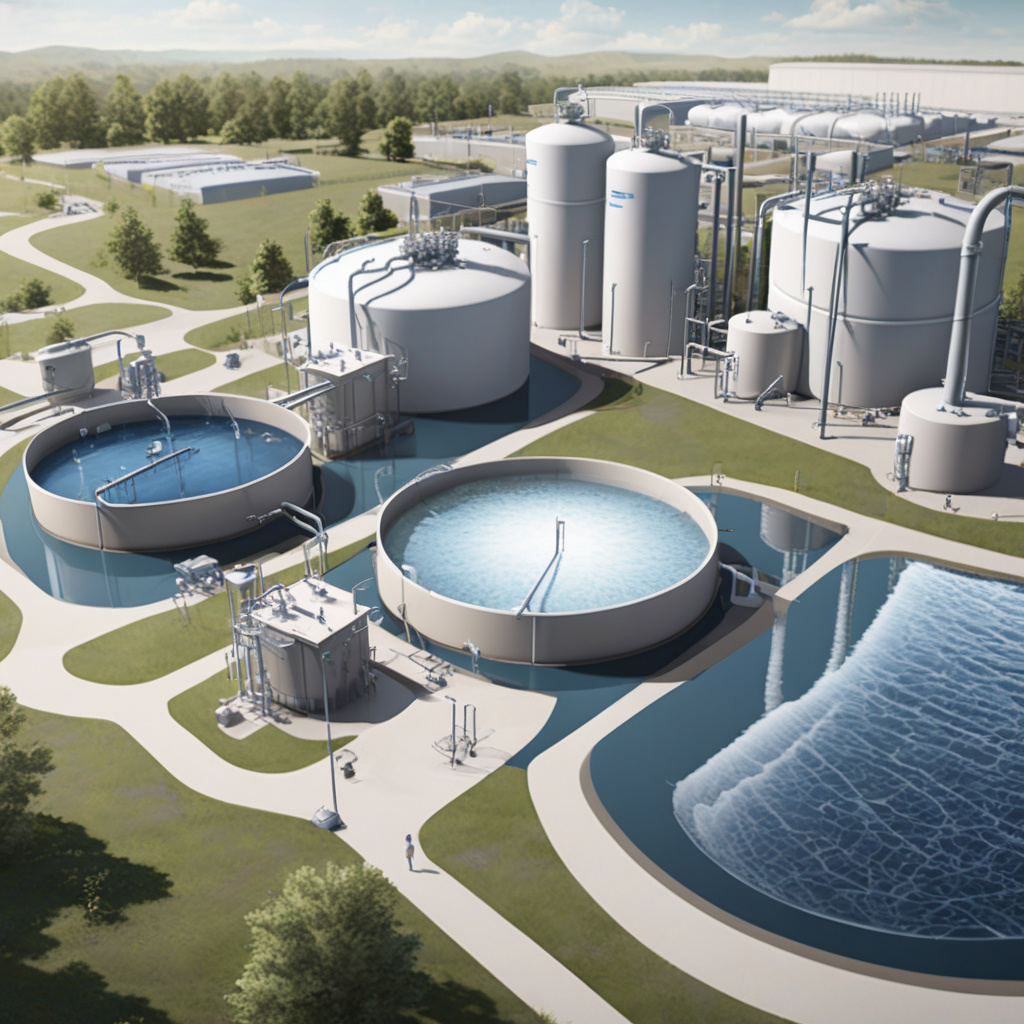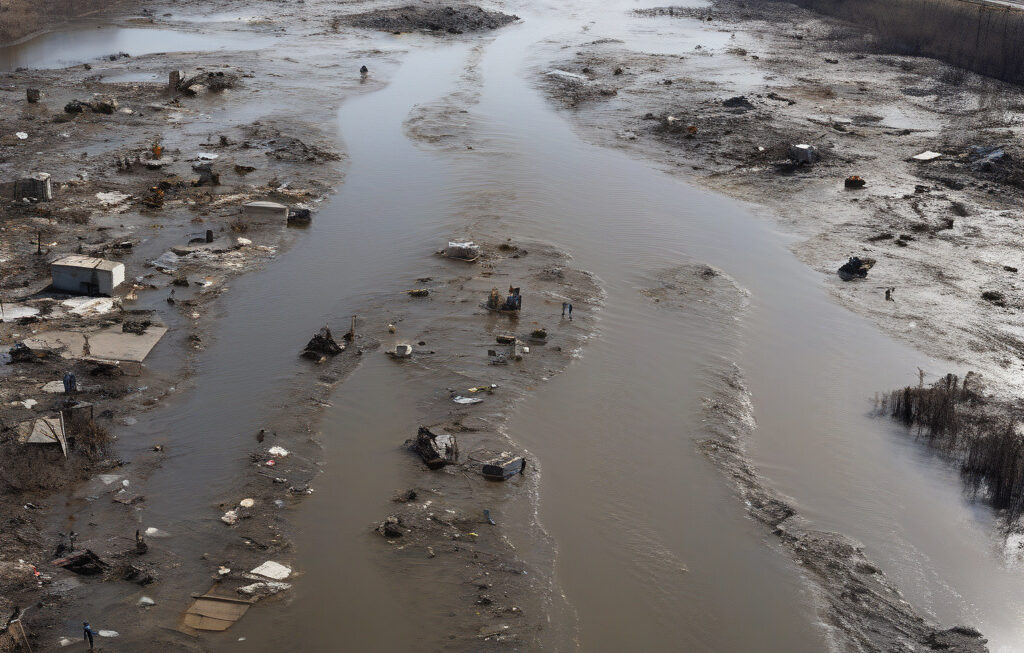PFAS Treatment: Revolutionizing US Drinking Water Safety
Recent advancements in PFAS treatment have sparked optimism in the realm of US drinking water safety. According to a report by the Environmental Working Group (EWG), the application of PFAS treatment technologies not only eliminates forever chemicals but also significantly reduces toxic contaminants, paving the way for enhanced protection of drinking water sources nationwide.
The findings of the research shed light on the transformative potential of PFAS treatment in addressing the persistent challenge of water contamination. Per- and polyfluoroalkyl substances (PFAS) are a group of human-made chemicals found in a variety of everyday products, including non-stick cookware, food packaging, and firefighting foam. These chemicals have been linked to a myriad of health issues, ranging from cancer to developmental delays.
One of the key highlights of the study is the effectiveness of PFAS treatment in removing these harmful compounds from water sources. By employing advanced filtration and remediation techniques, such as activated carbon and ion exchange, water treatment facilities can now successfully extract PFAS contaminants, mitigating the risks associated with prolonged exposure.
Moreover, the benefits of PFAS treatment extend beyond the elimination of specific chemicals. The research indicates that by targeting PFAS compounds, water treatment processes inadvertently reduce a broader range of toxic contaminants, enhancing overall water quality and safety. This ripple effect underscores the significance of investing in innovative solutions to safeguard public health and the environment.
The implications of these findings are profound, especially in the context of the ongoing water crisis in the US. With aging infrastructure, industrial pollution, and emerging contaminants posing significant challenges to water quality, the need for sustainable and efficient treatment methods has never been more pressing. PFAS treatment represents a promising step towards addressing these complex issues and ensuring access to clean, safe drinking water for all communities.
As the EWG report suggests, the potential of PFAS treatment to transform US drinking water safety is not to be underestimated. By harnessing the power of technology and scientific advancements, we have the opportunity to revolutionize water treatment practices and set new standards for environmental stewardship. The integration of PFAS treatment into existing water management protocols could mark a turning point in the quest for comprehensive water quality protection.
In conclusion, the emergence of PFAS treatment as a viable solution for addressing water contamination marks a significant milestone in the pursuit of safe and sustainable drinking water systems. As we navigate the complexities of modern environmental challenges, investing in innovative technologies like PFAS treatment is essential to safeguarding public health and preserving our most precious resource – water.
#PFAS #WaterSafety #EnvironmentalHealth #Innovation #EWG












